 Skoda Kylaq: Which Variant Offers Which Powertrain Option?
Skoda Kylaq: Which Variant Offers Which Powertrain Option?
 Check Out Features Mahindra XEV 9e’s Base One Variant Comes With
Check Out Features Mahindra XEV 9e’s Base One Variant Comes With

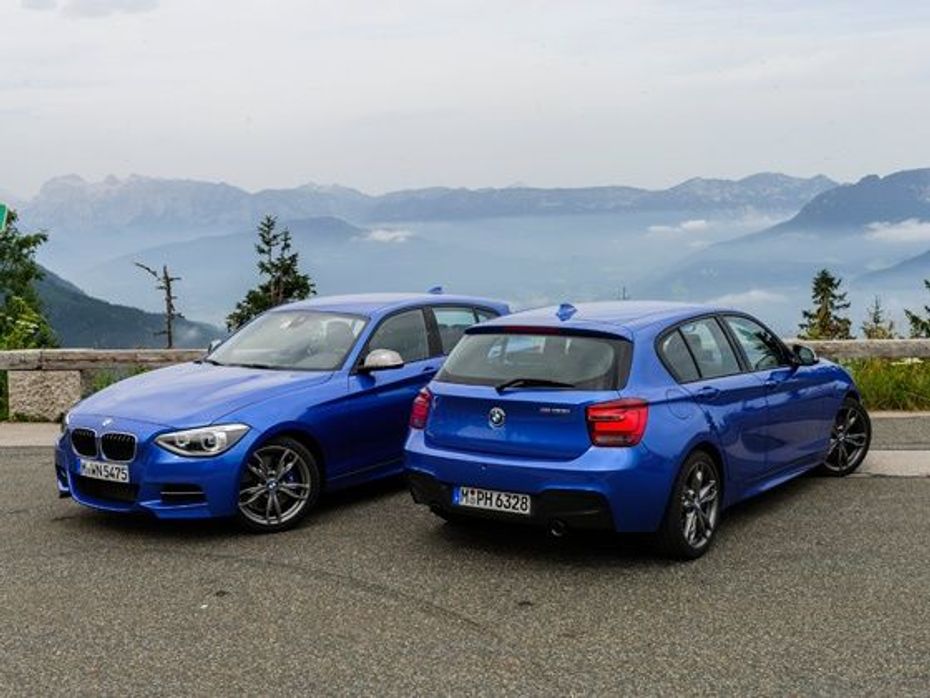
Big engine, little car – good start. Inline-six cylinder engine up front in the north-south direction coupled to rear wheel drive – things getting better. BMW and M badges, aggressive body-kit – bring it on! Seating for four, every-day practicality - a necessary evil, but for the BMW M135i, a small price to pay.
Those passing a first glance will possibly dismiss the body-kit and wheels as an accessory overload on a little slightly awkward looking German shopping trolley, but those big discs, twin exhausts and the engine note will suggest otherwise, particularly when it rapidly shrinks into the distance.
This then was what I was handling as I eased the deliciously blue-hued baby in BMW's portfolio on the outskirts of Munich and aimed it in the direction of Austria. Salzburg was the intended destination at the end of the day but before that we had the small business of tackling the Grosglockner Pass in the Austrian Alps, one of the greatest of Alpine passes and one which was, in the 1930s, a hallowed ground for Grand Prix cars to fight for supremacy and bragging rights.
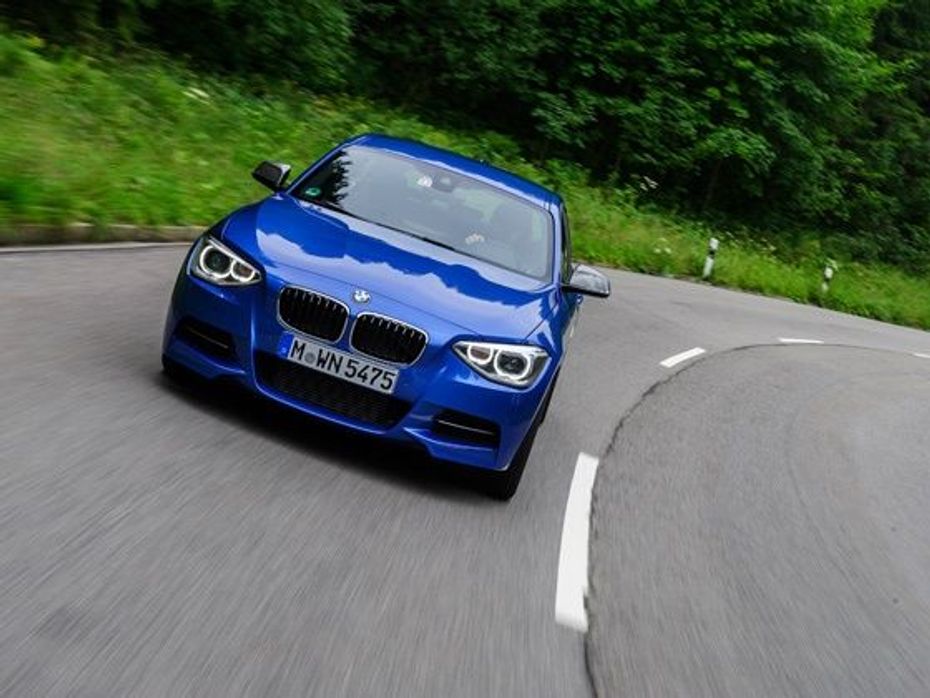
It was inevitably Mercedes-Benz versus Auto Union with Alfa Romeo trying to pick up the scraps but in the sports car class we sometimes had the sight of the classic six-cylinder BMW 328s storming up the Grosglockner to wins in the production sports car class.
However that was in the past and getting back to the last month, the first thing to hit home was how composed the M135i was in making light work of the heavy morning traffic out of Munich. The brilliantly damped ride was the first detail to emerge and this from a small wheelbase machine which is an anomaly in today's mini-car front-wheel drive universe in that it has the perfect 50:50 weight distribution thanks to it being rear wheel drive.
It was always thought that a car with 320 Munich-bred thoroughbreds on call and bolstered by 450 Nm of twist force could have such a pliant low-speed ride set-up but there was even more madness in the 1-series method yet to pan out. Not only could we find the ride pliant but also the torsional stiffness of the monocoque was evident in the feel as she began to turn in, take in the cambered corners and thunder over the tramlines.
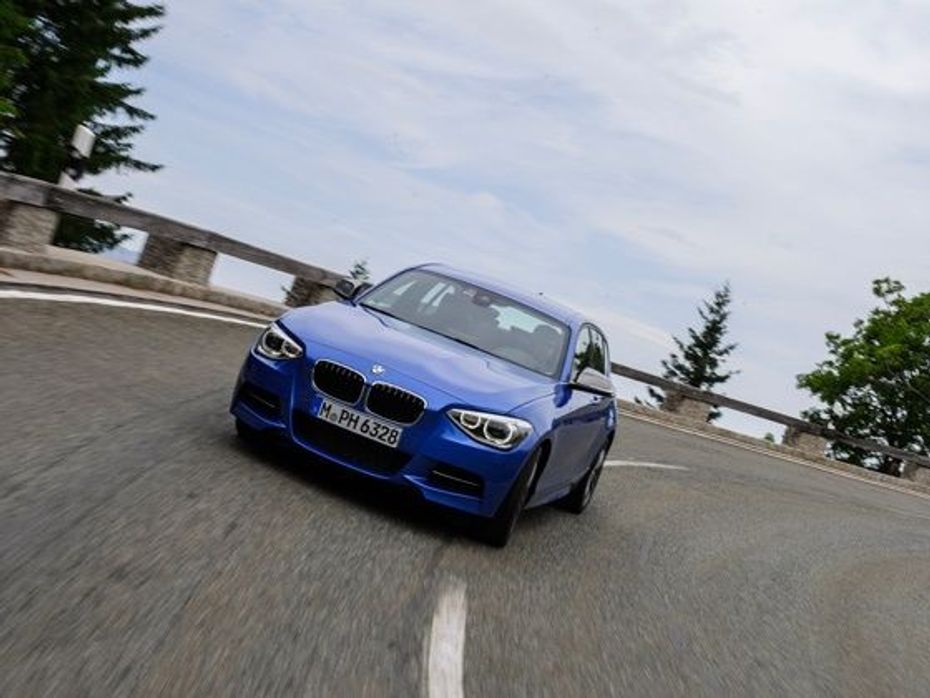
As we headed out of Munich and began to bury the right foot the six-cylinders began to drum up their symphonically tuned delivery with just the right audible growl before beginning to wail musically as the car was given its head.
The steering which was light and easy at crawling speeds in town was now sublime in its weightage and given its inherent precision, the M135i was literally the buzzing hornet among the heavy articulated lorries and the fast paced German mega-saloons all headed to the holiday destinations out of Munich into the Austrian Alps.
Even with the rubber she wore and the way the speedo needle went way over the legal autobahn-mandated speeds, the M135i was a most controllable mini unlike any of its size I have ever driven with the possible exception of the Mercedes-Benz A-class in its AMG avatar. And with the M135i being a five-door, four-seater ideal for the small young family of modern times the performance envelope just unfolding was exhilarating to say the least.
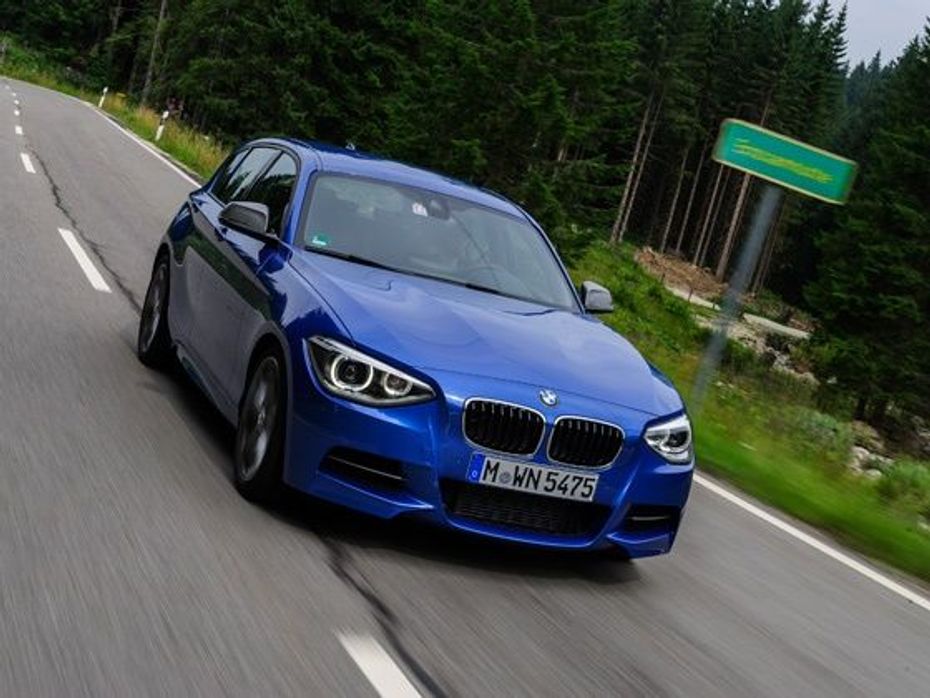
We made short shrift of the drive to the Grosglockner and then the M135i began to feel even more alive and agile as it began the ascent of this pass where my heroes like Rudi Carracciola, Bernd Rosemeyer, Hans Stuck, Manfred von Brauchitsch, Hermann Lang, etc once plied their craft.
Of course in their day, the Grosglockner was barely wide enough to accommodate a single car and with the immense power (in excess of 500bhp), high seating position, antiquated drum brakes and skinny tyres of the GP cars of the thirties, it was truly a stern test when men were men and this was no place for sissies to perform. Ideal terrain then to suss out a car's dynamics and boy was I in the right car for it!
The configuration and composure of the chassis and suspension, the weight distribution which I have already raved about as well as the brilliance of the steering was further backed up by the way the track had been configured - the front (at 1535mm) being narrower than the rear (measuring 1569mm).
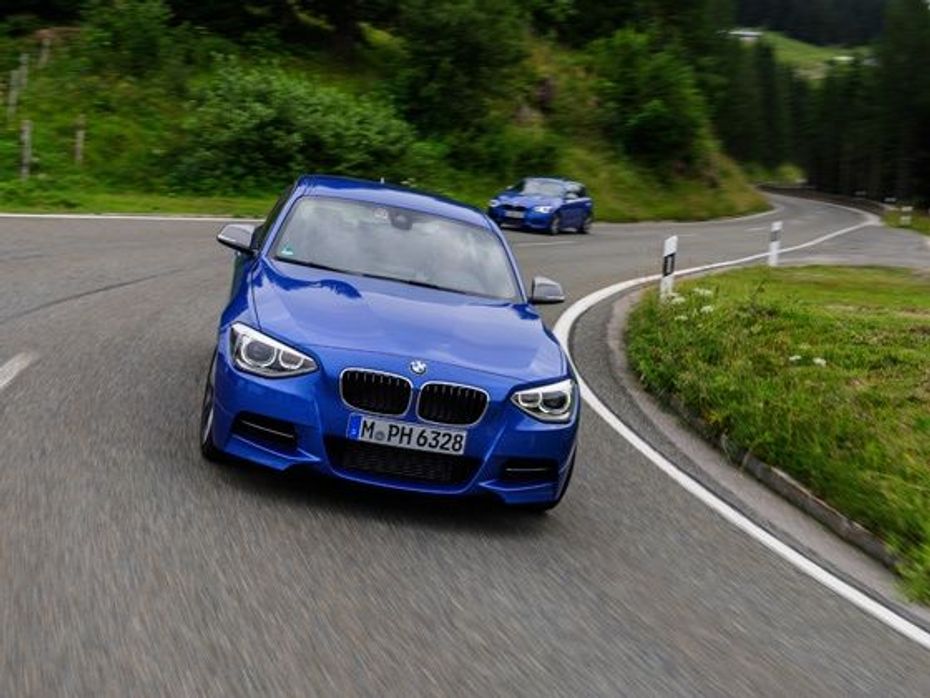
This was what made hurling the car through the corkscrews, hairpins and blind brow climbs so very smile inducing. The car grips and turns with alacrity and even when pulling out to overtake and getting back into line is done with a degree of agility that is impressive for such a small car. Whatever mode you have pencilled in via the iDrive controller, the smallest M is the biggest inducer of motoring delight for the masses and it is about the delectable manners with which it motors so quickly that makes it so bewitching.
The M135i then comes across as the fastest expression of the 1-Series in the second-generation 5-door body-shell. While it may not be as quick as the mighty 1M Coupe, we’re not complaining, particularly as this five-door has a full four seats, which will accommodate four adults, plus useable luggage space of 360 litres with the rear seats up and 1,200 litres with them folded. Of course like all BMWs this is also a driver oriented car but then endowing it with a tad larger space for luggage makes for a very claustrophobic rear passenger area.
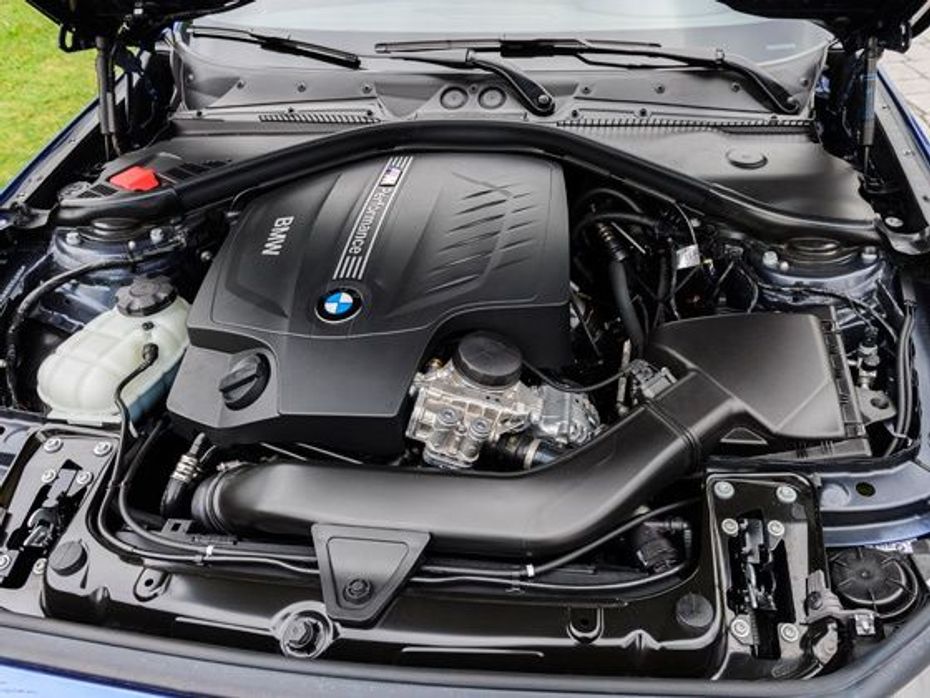
And if the 1-series isn't the most attractive car on the planet, this new version penned by Nicolas Huet, is a deal prettier than its predecessor. It's also pretty much invisible, trading the 1M Coupe's testosterone-laden bodywork for a few body additions and new air intakes in the front valance to feed the voracious cooling appetite of the 3.0-litre, straight-six engine with a single twin-scroll turbocharger.
As a result, the numbers make a compelling read: 320 PS and 450 Nm of torque deliver a top speed limited to 248 km/h and a 0-100 km/h dash in 5.1sec. The exclusive power train for the compact BMW M Performance car also features a customised cooling system, M performance control and engine sound tuning, plus a newly developed six-speed manual transmission with dry sump lubrication. A dynamic eight-speed automatic sports transmission with gearshift paddles integrated in the steering wheel is available as an option.
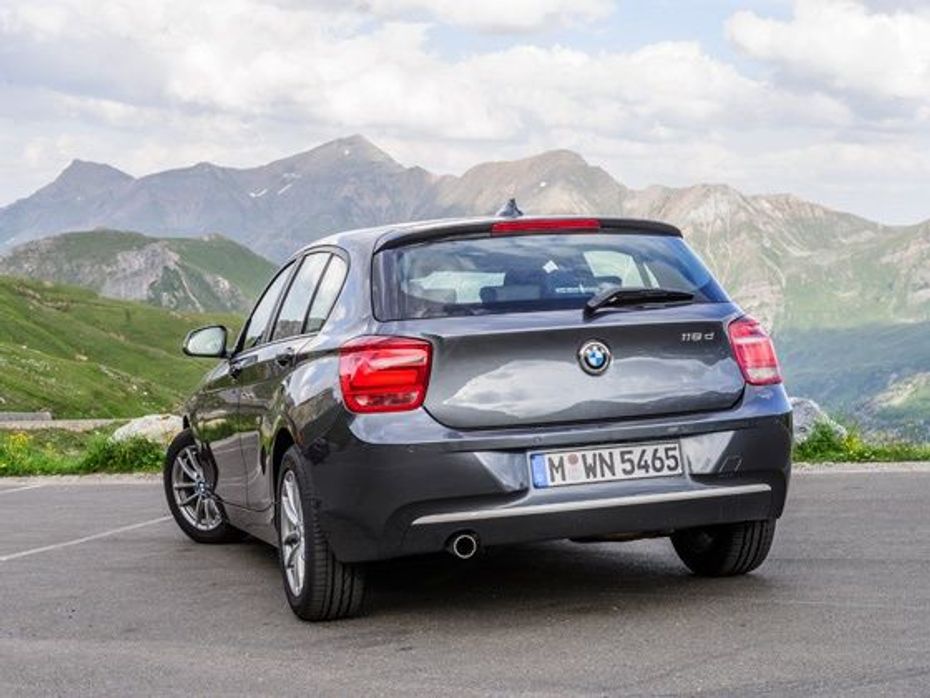
You must be wondering what has all this to do with the 116i and the 118d which are the two models of the 1-series which are going to be assembled and sold in India while the M135i hasn't been pencilled in for sale even as a CBU in the near future? The fact remains that the other two bread and butter offerings have the same DNA in so many departments of the game as the 135i but in differing measure making the newest and smallest BMW bombshell such an alluring prospect.
Let's get to grips with what sets the 1-series apart from other hatchbacks and it all starts with the typical BMW cues from up front and the strong athletic proportions that flow from there straight to the rear end. The long bonnet and aft-set passenger compartment along with the long wheelbase and short overhangs immediately denotes this as one of the most exciting of contemporary offerings in the premium compact segment. The individualistic personality of the 1-series is best exemplified when viewed in profile, not just the athletically sculpted surfaces but also the strong character they exude.
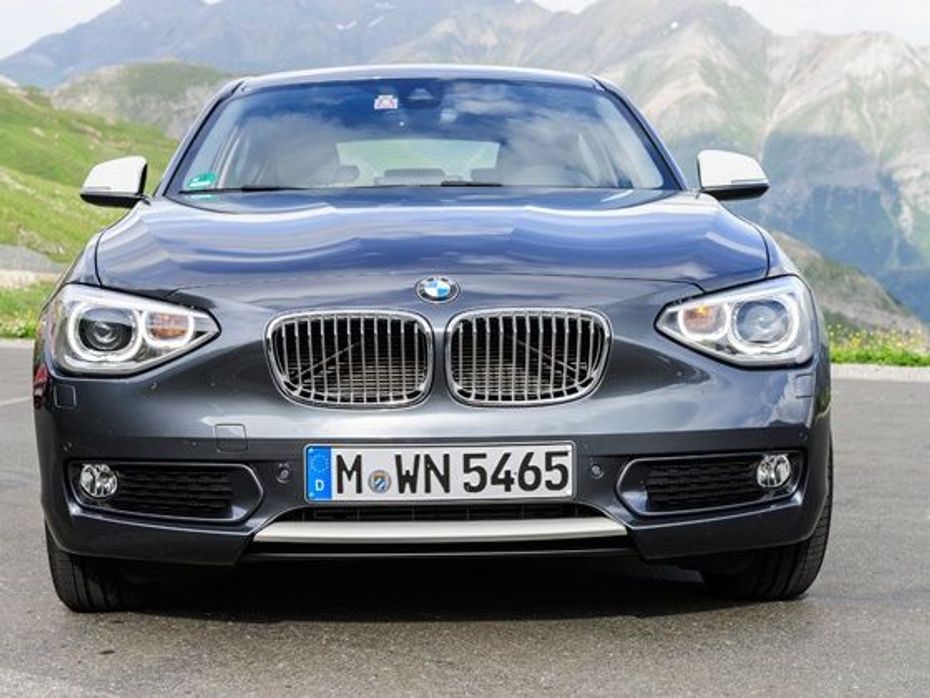
The front of the new three-door BMW 1 Series is dominated by the large BMW kidney grille, the contoured headlight units and a three-part air intake. The grille leans forward to underscore the dynamic character of the new compact model, and the three-dimensional surfaces surrounding the kidney create vibrant light effects.
On the M135i the exterior body details are typical of a car designed to handle the aerodynamic requirements associated with dynamic, high-performance driving situations – it is such details that convey the unique M style and flair. The front apron is typical of M styling that reflects the car's firm and responsive road handling, with the large air intake vents needed to meet the cooling demands of a high-performance straight six-cylinder engine, auxiliary units and oversized brakes. There are also the three-dimensional flaps on the outer air vents, a detail inspired by automobile racing. These air inlets take up the space reserved for the fog lights in the other versions of the three-door BMW 1 Series.

It’s just as dynamic on the inside too. Compared to its predecessor, the smallest Beemer boasts adequate interior space thanks to the 4324mm overall length and the 2690mm wheelbase. Luggage space at 360 litres is huge for a super hatch but then as mentioned earlier the rear is somewhat compromised due to the large luggage area and the tall tunnel for the prop shaft taking the drive to the rear differential. This restricts movement and space for the occupants at the rear even if there are just two of them residing there! A good point to make up some lost ground is the three-way 40-20-40 seat split at the rear.
However it is the driver's seat that is the most fascinating place to be - in any Munich Missile I should add, and that remains true on the smallest of these Scuds as well! The controls, their placements, the craftsmanship and the tactility they afford heighten the experience. Be it the M135i with its special M-detailing or the 116i and 118d, the ergonomics are spot on and so sportingly soothing. However, I just cannot get over the all-black treatment on such a cheery car which takes some getting used to the drab non-decrepit interiors!
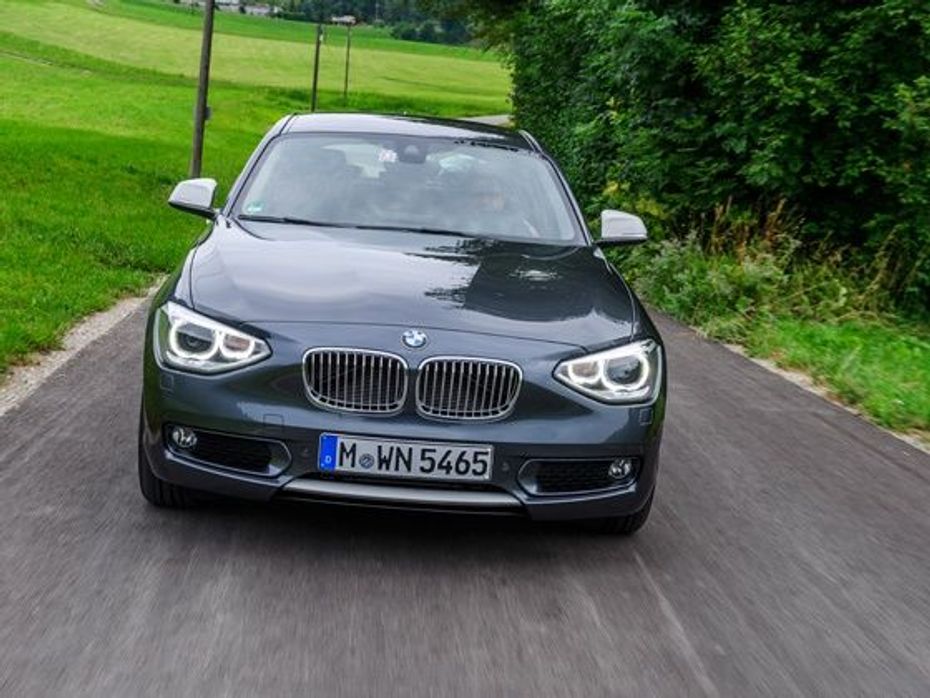
Let's look though at where the typically seductive BMW bits impress and of course it is in the engines and the transmission combinations get so many drunk with delight. The 116i comes with one of the smoothest mills in the small car class and while I marvelled at the unit in the recently launched Mercedes-Benz B-class, the Munich offering shades its Stuttgart rival by a small but vital bit.
The twin-scroll turbocharger (features separate individual ducts feeding from the exhaust manifold and turbocharger itself) along with BMW's famed Double-VANOS variable camshaft control helps the 1596cc inline four to pump out 136 bhp (at 4,400 rpm) while at the same time it has enough muscle in the form of 220 Nm of torque which streams from 1,350 to 4,300 rpm.

The 118d compression ignition offering is more powerful and even more delightful to use and abuse! This 2.0-litre four with the same TwinPower turbo tech as the smaller petrol-sipping mill whips up 143 horses at 4000rpm but it has the 320 Nm of torque (produced between 1,750 to 2,500 rpm) that does all the talking and the moving. Having been spoiled silly by the petrol engine for smoothness and delivery, the diesel was just as refined and really torquey which made the silken feel punch through in a different vein.
Both cars come equipped with the brilliant 8-speed automatic made by ZF, the very same as that does duty in my 525d though in Europe one can also specify an awesome 6-speed manual! In fact it has been BMW India's steadfast focus on luxury it has mandated within itself that all its cars across the portfolio would only come equipped with auto 'boxes and this continues even with the smallest offering here! The strength of both motors is their ability to spin quick from rest and hit the strong mid-range which in turn sets up the springboard to hit double ton speeds.
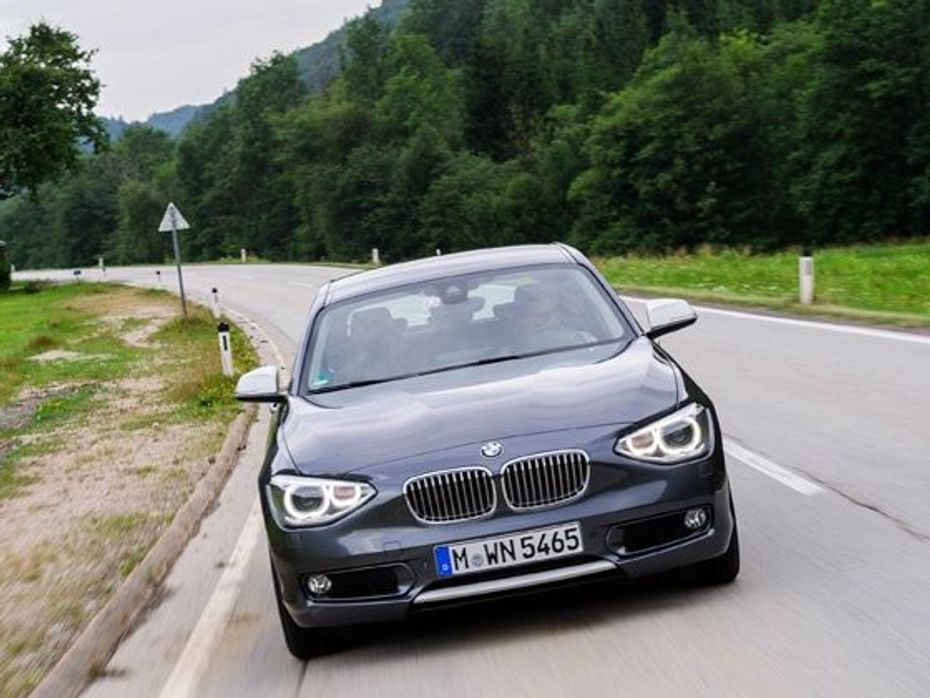
In fact, it is the diesel which is the quicker and faster of the duo and also the more fuel efficient. The 116i does the zero to 100 km/h sprint in 8.7 seconds which the 118d dispatches in 8.6 seconds. The latter goes on to hit a 212 km/h top speed while the 116i is a tad slower at 210 km/h. Not much between the two but so close to each other that BMW's product planners have got the recipe compellingly right for consumers with a fetish for their choice of operating brew.
Both cars feature enough electronic controls on their motors so as to offer three different performance modes for the pilot to sync as per his requirement and mood. The Eco Pro mode is the standard default setting but from there on you can dial in Comfort, Sport or Sport+ modes (the latter in the top end model only as you will get to know further on in this feature). And while we are number crunching, BMW claims the 116i is capable of going 16.28 kmpl and it is here that the 118d makes its superiority count with a fuel consumption figure of 20.58 kmpl making it the stronger and preferred option at launch.
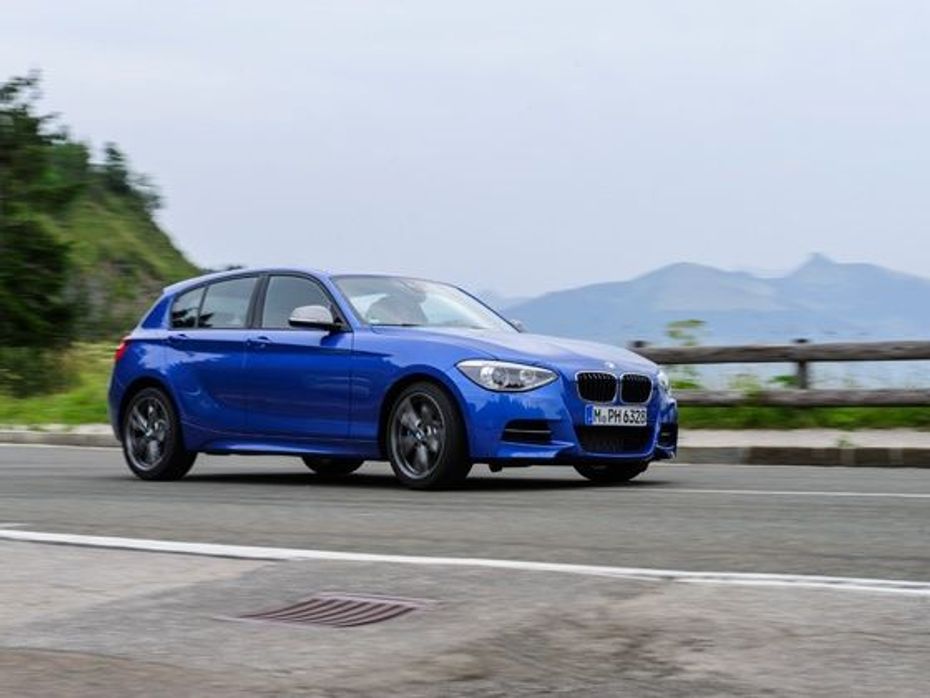
BMW has done some nifty product positioning so as to make the 1-series an appealing proposition across the premium compact hatchback segment. The range begins with the 116i as the base offering with an ex-showroom price of Rs 20,90,000.
In this guise it does come decently specced with a fair bit of gadgetry to justify its Rs 20 lakh plus price tag. Standard fitments include fog lamps, automatic headlights, a start/stop button, rear parking sensors, a CD player with aux-in compatibility, Eco Pro mode, BMW’s Brake Energy Regeneration system, a total of six airbags, ABS, and 16-inch alloy wheels. Munich has clearly taken the fight for leadership in this class pretty seriously and pricing is critical.
The 118d in its base offering can be had for Rs 22,90,000 (ex-showroom) and it comes similarly equipped like the 116i but BMW has cleverly slipped in two tastier versions of the 118d badged as the Sport and Sport Plus models which have the bells and whistles to make not just the right aural notes but also deliver the same high end BMW sophistication and luxury of its more upscale models.
The 118d Sport (Rs. 25,90,000 ex-showroom) adds dual-zone climate control, a sliding front armrest, electric seat adjust with memory function, a hands-free facility with USB interface and BMW’s iDrive controller, making it a significantly more feature packed model as compared to its petrol namesake.
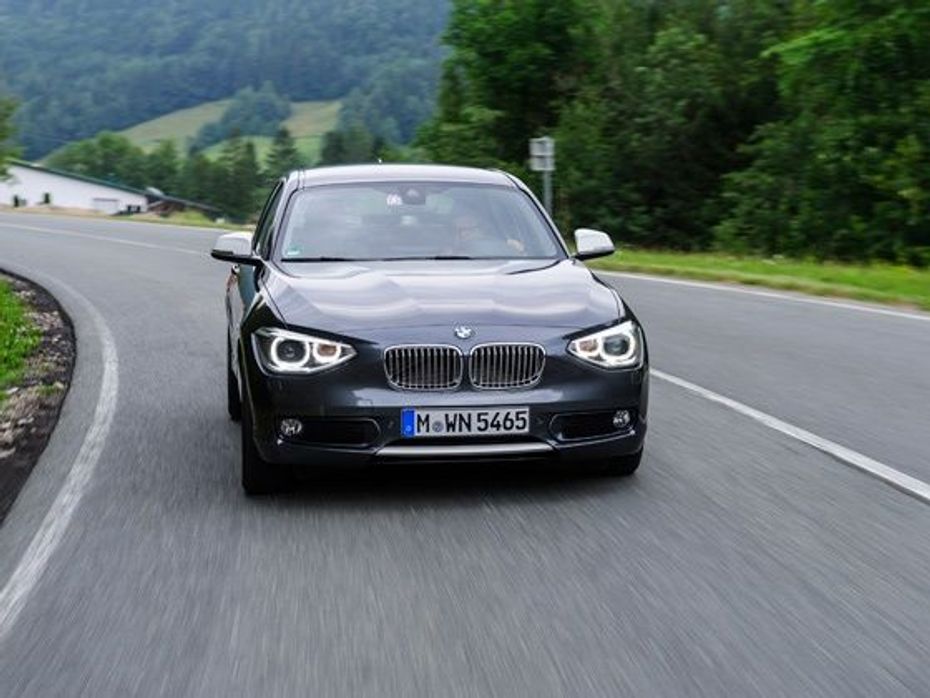
The top-spec 118d Sport Plus is the final authority in the 1-series model line-up for India -and can be yours for a mouth-watering Rs 29,90,000, coming seriously close to the 3-series entry level offerings. Apart from all the equipment on the standard petrol and diesel models, the 118d Sport Plus additionally offers features like keyless go, rear air-con vents and a sunroof. It also gets larger 17-inch alloy wheels. But be advised, if you do manage to somehow bust even one of BMW’s puncture free run-flat tyres there is no spare to save the day.
While Mercedes-Benz was first off the mark with its B- and A-class models, these are CBU offerings and it is BMW which is the first of the German luxury trio which has gone ahead with local assembly that reflects positively in the pricing we have mentioned here. So in summation what we have is a car unlike any in the country and one which has the virtue of rear-wheel drive that so many Indian motorists of the present generation haven't experienced. It will set you back a pretty penny to experience this tiny terrier but I can assure you that it would be worth it!
India's largest automotive community
 BMW M5
Rs. 1.99 Crore
BMW M5
Rs. 1.99 Crore
 BMW X7
Rs. 1.27 Crore
BMW X7
Rs. 1.27 Crore
 BMW X1
Rs. 49.50 Lakh
BMW X1
Rs. 49.50 Lakh
 BMW X5
Rs. 96.00 Lakh
BMW X5
Rs. 96.00 Lakh
 BMW i7
Rs. 2.03 Crore
BMW i7
Rs. 2.03 Crore
 Land Rover Defender
Rs. 1.03 Crore
Land Rover Defender
Rs. 1.03 Crore
 Land Rover Range Rover
Rs. 2.36 Crore
Land Rover Range Rover
Rs. 2.36 Crore
 Toyota Vellfire
Rs. 1.22 Crore
Toyota Vellfire
Rs. 1.22 Crore
 Mercedes-Benz GLA
Rs. 51.75 Lakh
Mercedes-Benz GLA
Rs. 51.75 Lakh
 Land Rover Range Rover Velar
Rs. 87.90 Lakh
Land Rover Range Rover Velar
Rs. 87.90 Lakh